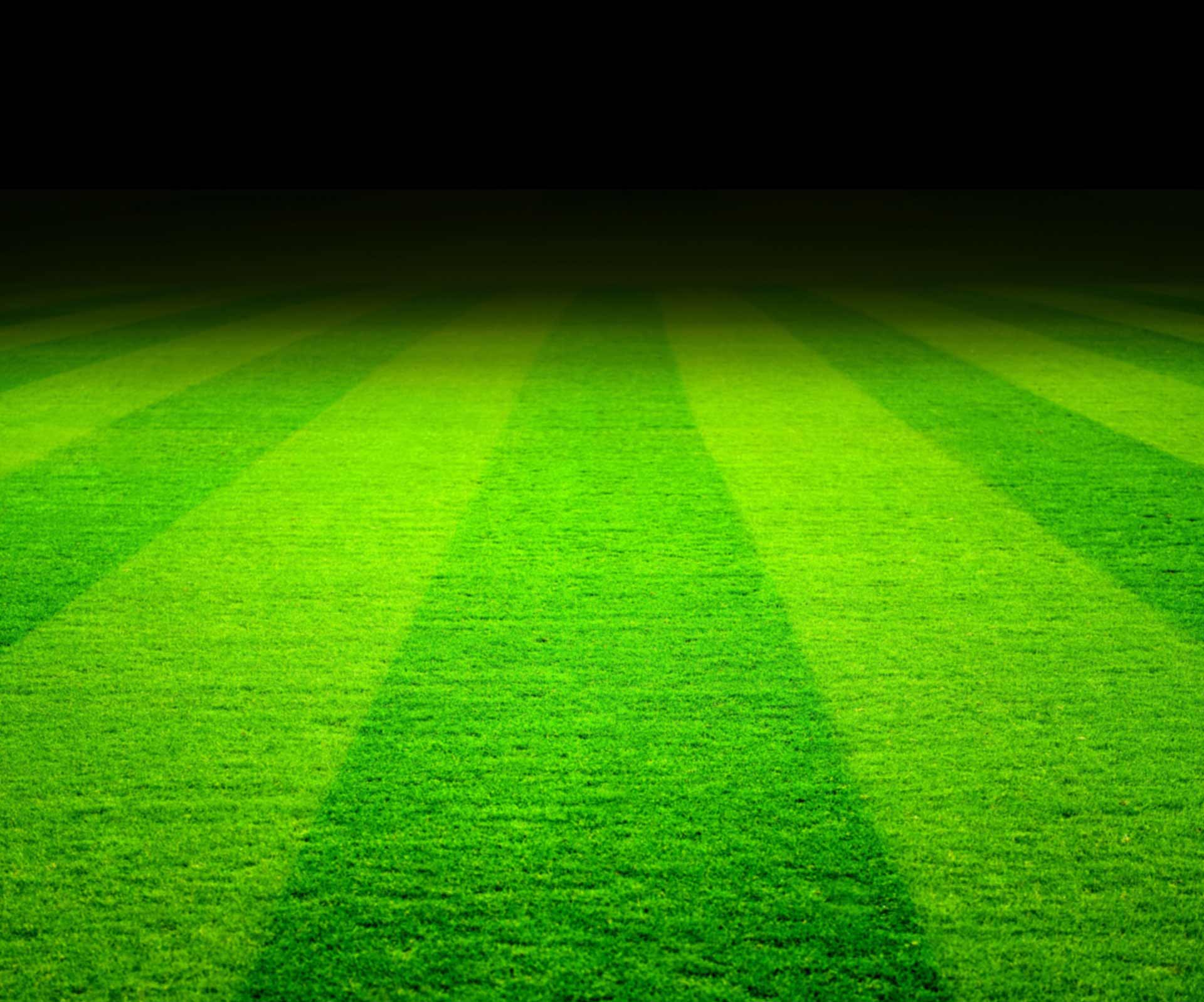FIFA Laws of the Game
LAW 1 – THE FIELD OF PLAY
Date – 17.10.177
Field surface – FIFA laws of the game
Matches may be played on natural or artificial surfaces, according to the rules
of the competition and FIFA laws of the game.
The colour of artificial surfaces must be green.
Where artificial surfaces are used in either competition matches between
representative teams of member associations affiliated to FIFA or international
club competition matches, the surface must meet the requirements of the FIFA
Quality Concept for Football Turf or the International Artificial Turf Standard,
unless special dispensation is given by FIFA.
Field markings – FIFA laws of the game
The field of play must be rectangular and marked with lines. These lines belong
to the areas of which they are boundaries.
The two longer boundary lines are called touch lines. The two shorter lines are
called goal lines.
The field of play is divided into two halves by a halfway line, which joins the
midpoints of the two touch lines.
The centre mark is indicated at the midpoint of the halfway line. A circle with a
radius of 9.15 m (10 yds) is marked around it.
Marks may be made off the field of play, 9.15 m (10 yds) from the corner
arc and at right angles to the goal lines and the touch lines, to ensure that
defending players retreat this distance when a corner kick is being taken.
Dimensions – FIFA Laws of the Game
The length of the touch line must be greater than the length of the goal line.
Length (touch line): minimum 90 m (100 yds)
maximum 120 m (130 yds)
Width (goal line): minimum 45 m (50 yds)
maximum 90 m (100 yds)
All lines must be of the same width, which must be not more than
12 cm (5 ins).
International matches
Length: minimum 100 m (110 yds)
maximum 110 m (120 yds)
Width: minimum 64 m (70 yds)
maximum 75 m (80 yds)
The goal area
Two lines are drawn at right angles to the goal line, 5.5 m (6 yds) from the
inside of each goalpost. These lines extend into the field of play for a distance
of 5.5 m (6 yds) and are joined by a line drawn parallel with the goal line. The
area bounded by these lines and the goal line is the goal area.
The penalty area
Two lines are drawn at right angles to the goal line, 16.5 m (18 yds) from the
inside of each goalpost. These lines extend into the field of play for a distance
of 16.5 m (18 yds) and are joined by a line drawn parallel with the goal line.
The area bounded by these lines and the goal line is the penalty area.
Within each penalty area, a penalty mark is made 11 m (12 yds) from the
midpoint between the goalposts and equidistant to them.
An arc of a circle with a radius of 9.15 m (10 yds) from the centre of each
penalty mark is drawn outside the penalty area.
Flagposts
A flagpost, not less than 1.5 m (5 ft) high, with a non-pointed top and a flag
must be placed at each corner.
Flagposts may also be placed at each end of the halfway line, not less than 1 m
(1 yd) outside the touch line.
The corner arc
A quarter circle with a radius of 1 m (1 yd) from each corner flagpost is drawn
inside the field of play.
Goals – FIFA Laws of the Game
A goal must be placed on the centre of each goal line.
A goal consists of two upright posts equidistant from the corner flagposts and
joined at the top by a horizontal crossbar. The goalposts and crossbar must
be made of wood, metal or other approved material. They must be square,
rectangular, round or elliptical in shape and must not be dangerous to players.
The distance between the posts is 7.32 m (8 yds) and the distance from the
lower edge of the crossbar to the ground is 2.44 m (8 ft).
The position of the goalposts in relation to the goal line must be according to
the graphics below.
If the shape of the goalposts is square (viewed from above), the sides must be
parallel or perpendicular to the goal line. The sides of the crossbar must be
parallel or perpendicular to the field plane.
If the shape of the goalposts is elliptical (viewed from above), the longest axis
must be perpendicular to the goal line. The longest axis of the crossbar must
be parallel to the field plane.
If the shape of the goalposts is rectangular (viewed from above), the longest
side must be perpendicular to the goal line. The longest side of the crossbar
must be parallel to the field plane.
Both goalposts and the crossbar have the same width and depth, which
do not exceed 12 cm (5 ins). The goal lines must be of the same width as
the goalposts and the crossbar. Nets may be attached to the goals and the
ground behind the goal, provided that they are properly supported and do not
interfere with the goalkeeper.
The goalposts and crossbars must be white.
Safety
Goals must be anchored securely to the ground. Portable goals may only be
used if they satisfy this requirement.
Decisions of the International F.A. Board
Decision 1
Where a technical area exists, it must meet the requirements approved by the
International F.A. Board, which are contained in the section of this publication
entitled The Technical Area.
Decision 2
Where goal-line technology (GLT) is used, modifications to the goal frame may
be allowed. They must be in accordance with the specifications stipulated in
the FIFA Quality Programme for GLT and according to the above description,
“Goals”
LAW 1, THE FIELD OF PLAY. is detailed above- The full FIFA Laws of the game are available by clicking on the link below.
FIFA Laws of the game PDF document
Laws of the Game
- Football Goal Posts
- Children’s Goals
- Junior 7v7 Football Goals
- 5v5 Goals
- Fast Start Quick Goals
- Folding Goals
- Garden Football Goals
- Garden Goals Match Goals
- Junior & Garden Goals
- Goals for Kids
- Mini Soccer Goalposts
- 9v9 Goals
- Youth Goal posts
- Adult Goalposts
- Stadium Football Goals
- Beach Soccer Goals
- Futsal Goals
- Five-a-Side-Goalposts
- Anti-vandal steel goalposts
- Metal Football Goals
- Folding Goalposts
- Goalpost Accessories
- Goal Posts – Other Sports
- Other sport related products
- Goalpost Spare Parts
- Spectator Barriers
- Goal Posts for Clubs
- Goal Post Net Fixings
- Goal Nets








